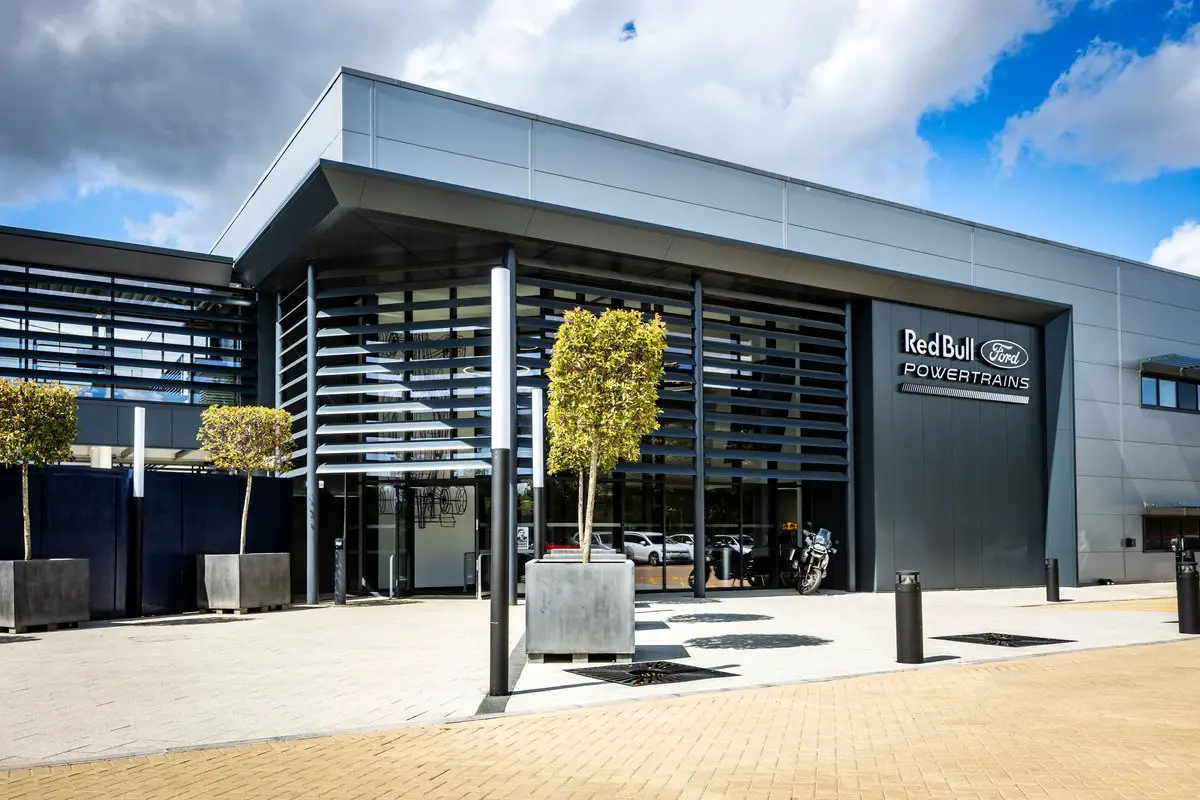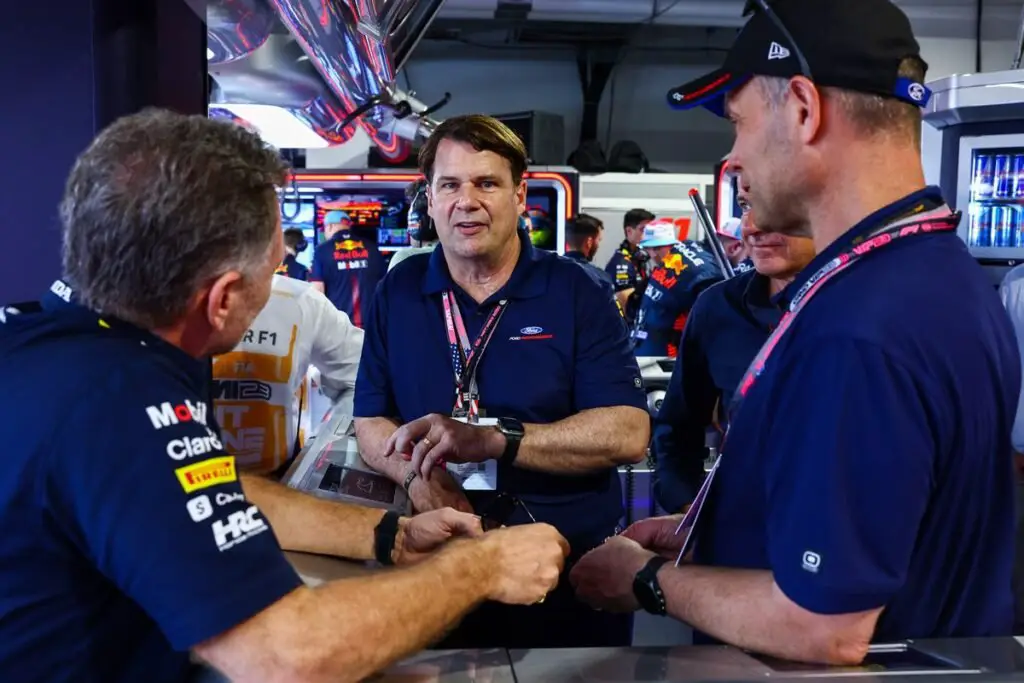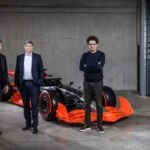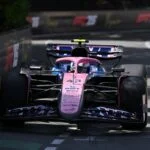Ford’s Collaboration with Red Bull Powertrains: A Look into the Future of F1 Power Units
The 2025 Formula 1 season is just a quarter through, yet the focus is already shifting towards the future. This is particularly true for power units, as the move towards greater electrical deployment has influenced almost every aspect of the incoming rules package. After weeks of speculation about the return of naturally aspirated V10 engines, F1 has refocused on its original goal: turbocharged power units with increased electrical power, the elimination of the costly and troublesome MGU-H, and an internal combustion engine running on fully sustainable fuels.
Ford’s Contribution to Red Bull Powertrains
Work has been underway for a long time at all PU manufacturers, including Ford, which has partnered with Red Bull Powertrains in a new facility in Milton Keynes. According to Mark Rushbrook, Ford Performance boss, the partnership is growing stronger every day. The initial focus was on electrification, but Ford’s contributions have expanded beyond that, with the company building components within its advanced manufacturing facility and using its printing machines in the development phase.
Every day, parts are being made in Dearborn and shipped to Milton Keynes for testing and potential production. This collaboration is pushing Ford to new limits, testing their people, processes, and facilities, and requiring them to do things they’ve never done before, even in other motorsports or production programs.
The Challenges of the F1 Project
Developing a power unit for F1 is more challenging than any other motorsport series Ford has been involved in. This is due to the technology involved taking much longer to develop to the required standards, as rivals with decades of experience have built up vast quantities of expertise. Despite being a newcomer and having no experience with hybrid F1 engines, Ford and Red Bull Powertrains are moving at a fast pace, learning and adapting along the way.
Christian Horner, Red Bull team principal, acknowledges that this joint programme is taking on manufacturers with decades of experience in F1, making the challenge significant. However, Rushbrook remains confident that they will hit all internal milestones, although there may be exceptions due to the nature of such programs.

The Race for Competitiveness in 2026
As we move towards 2026, the question remains: can Red Bull and Ford be competitive? While Mercedes seems confident, nobody really knows where their competitors stand until the cars hit the track. Rushbrook shares Horner’s opinion, but emphasizes that everyone is on their own track based on their understanding of the rules. The key will be to adapt and react to what they find along the way.
As we step into the unknown in 2026, everything depends on where the competitors have set their bar. Only time will tell who will come out on top.







